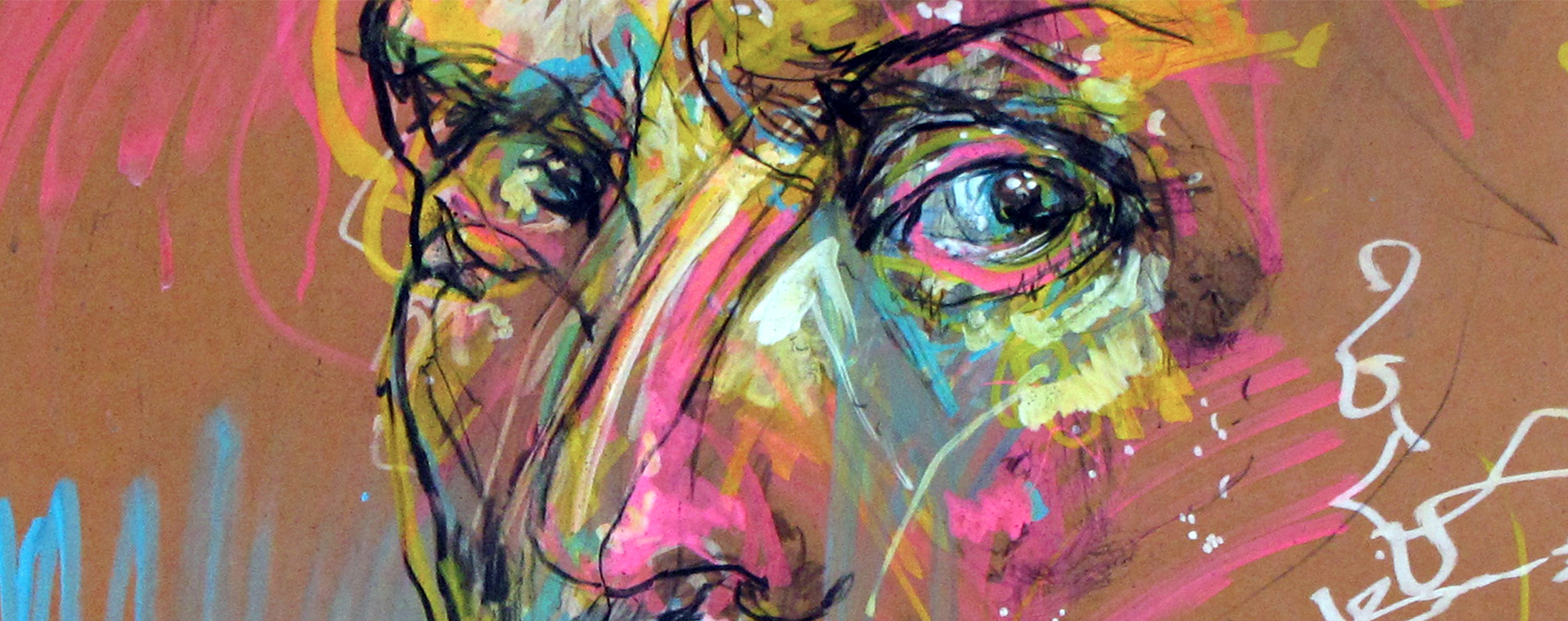DAVID CAMINER
PLASTIC SURGEON
A CONFIDENTIAL ENQUIRY
A CONFIDENTIAL ENQUIRY
A CONFIDENTIAL ENQUIRY
A CONFIDENTIAL ENQUIRY
NOSE JOB SURGERY (RHINOPLASTY & SEPTOPLASTY) Sydney & Wollongong Clinics
Rhinoplasty is a commonly performed procedure around the world, and I perform many of these in my practice. It is a difficult operation and hence is often not performed fastidiously by many surgeons.
I believe that a natural result, as with all of my procedures, is a vital component of rhinoplasty and I do not believe in over resection of the cartilage structure. That is why, during my procedures I support the nose with sutures and cartilage grafts, to achieve the best and most long lasting results.
Redesigning the nose
In reality, noses can be changed in any which way one desires. The bony structure of the nose or the dorsal nasal hump can be adjusted, the base width can be narrowed and the tip can be altered. The tip can be refined, the nose can be shortened or lengthened and the nose projection can be decreased. All these alterations to the nose can be performed alone or in conjunction, as is mostly the case.
The procedure for rhinoplasty
Most of the time adjustment of both the bony hump and the cartilaginous tip of the nose are performed at the same time and the procedure can be performed either through the open or closed approach. The closed approach is an operation where the scars are completely hidden inside the nose. I usually restrict this procedure for adjustments to the bony skeleton of the nose and this is mostly for hump removal or adjusting the base width of the nose.
An open rhinoplasty is performed for most rhinoplasty procedures and the reason for this is that the nasal tip and the cartilage structure are best visualised by lifting the skin off the nasal tip. The open approach involves a small incision over the thinnest part of the columella. The scar is excellent and is rarely if ever noticeable.
Tag: Rhinoplasty Nose Jobs Sydney
The procedure for septoplasty
A septoplasty is performed for breathing difficulties which is usually caused by the nasal septum, mainly composed of cartilage, impinging on one or both nasal airways. A septoplasty can be performed on its own, but often it is performed in combination with a rhinoplasty. There are many different ways to achieve a straight septum and I do my utmost to achieve the best results possible for my patients whether this is a simple removal of some cartilage or scoring and suturing the cartilage to reconstructing the active septum by removing it and replacing it.
The procedure for inferior turbinate reduction
Breathing problems can also be caused by enlarged inferior turbinates.
There are three sets of turbinate bones on each side of the nose. The lowest ones are called inferior turbinates and have most impact on breathing. If the inferior turbinates are too bulky, the inferior turbinates can impinge on the airway and cause breathing difficulties. The function of inferior turbinates is to filter and pressurise the air that is breathed in.
A turbinate reduction can be performed and there are numerous ways of doing this. I prefer performing an endoscopic turbinate reduction where the total terbinate is visualised and only partially reduced and removed, leaving the important part of the turbinate behind, ensuring that complications are minimised.
A turbinectomy or inferior terbinate reduction can be performed separately or in conjunction with all of the above.
Remodelling crooked noses
There are numerous reasons for a crooked nose and this problem can be addressed at the same time as a rhinoplasty. Crooked noses are often due to nasal septal deviations, but could also be due to nasal bone asymmetry.
I often encourage people to bring in pictures of noses they like, stressing the point that this will give me an idea of the features they like in a nose and impressing upon them, that it doesn’t mean that their nose will look like the one in the picture. This is an important point, because each nose must look natural and compliment the patient’s individual facial structure.
I am reluctant to use computer imaging and only use this as a discussion tool, as I believe this can give the patient a false impression of what the final result might be regardless of being informed otherwise.
The general procedure for nasal operations
Rhinoplasty is performed under a general anaesthetic and if the procedure is a full rhinoplasty, often my patients might spend one night in hospital, though this can be performed as a day only procedure.
A tip rhinoplasty where the tip only is adjusted is usually performed as a day only procedure. When breaking the nasal bones one has to expect the eyes to swell and be bruised, this does not happen in a tip rhinoplasty.
Rhinoplasty post-operative instructions
FYI: When performing an open rhinoplasty I often support the nasal tip and due to this, the end of the nose will feel a little firmer than usual. This is usually not a problem and will improve with time. Nasal tip numbness is also expected, but feeling should return over a six-month period. Infection in noses is very rare, as is excessive bleeding.
A few final words
A rhinoplasty can be a technically difficult procedure, but the results are worth it every time. You must remember however, that the final results will not be seem until all of the swelling has gone and the internal scarring settled. This can take up to 18 months.
In conclusion, nasal surgery remodelling is a very satisfying procedure that can have profound effects on an individual’s self-esteem and physical health. The beneficial effects of a rhinoplasty cannot be overestimated and I perform many of these procedures in my practice.
Post Procedure Facts & Advice Send A Confidential Enquiry Meet Dr David Caminer

